Fancy a dabble into the world of collecting old Leica cameras? You don’t need a fortune and you can make your first investments for well under £500, according to Paul-Henry van Hasbroeck, the well-known collector and author.
Paul-Henry was speaking at another of those fascinating webinars hosted by Robin Sinha of the London Leica Akademie. During the lockdown, Robin has been working his socks off presenting a wide range of tips and lectures on all aspects of Leica photography.
Leica collecting is a popular pastime. One of the big advantages is that the starting bar is very low and the objects of desire are so small and easy to manage. You don’t need a four-car garage to house your classic Porsches, nor a palatial, warm shed for your Brough Superior motorcycles. And, compared with collectable cars and motorcycles – just to name two areas of interest – Leica collecting is something you start, almost on a whim, and see how you go. What’s more, old cameras don’t need much maintenance if you make sure that you get a good runner to start with.
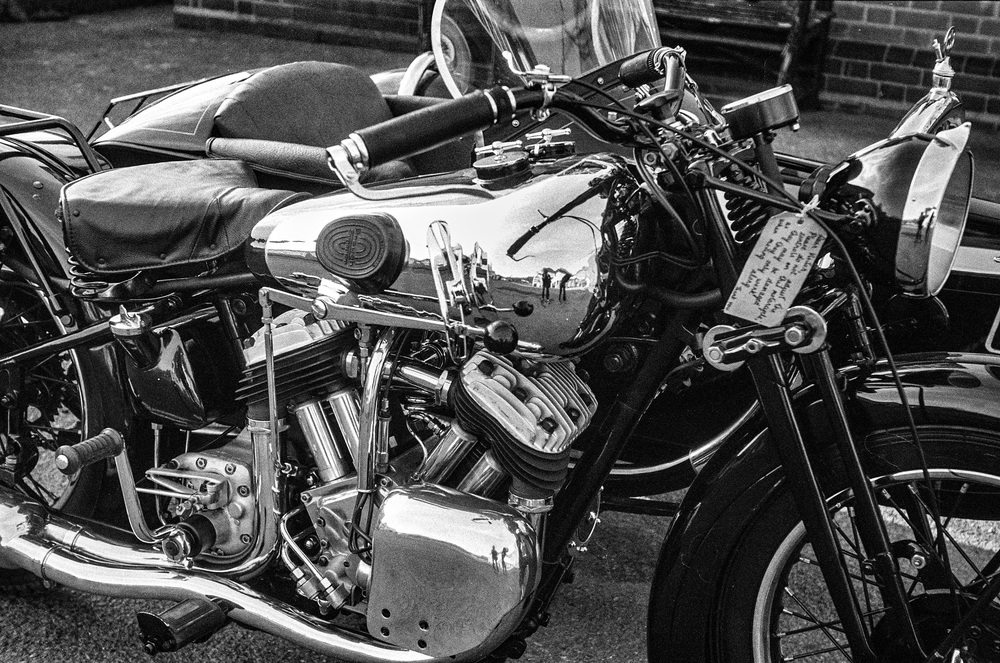
Of course, the most desirable Leicas and lenses can cost a fortune, with £1m not unheard of for the juiciest tidbits. What Paul-Henry had in mind in his off-the-cuff suggestion is something much more down to earth, a way of building up a small collection that, with luck, will appreciate in value. The good thing, too, is that the cameras you choose will give you lots of pleasure; they are not just objets d’art to sit in your display case.
What should you be considering if you want to start, gradually, to build up a small collection? Paul-Henry has some suggestions for you. He’s split the advice into price ranges, starting from under £500.
Up to £500
1The Leica IIIf: Made between 1950 and 1957, this is the last of the small-viewfinder screw mount cameras which defined Leica over the previous twenty years. Expect to pay a little more for the more desirable “red dial” version such as the one in the photograph below.
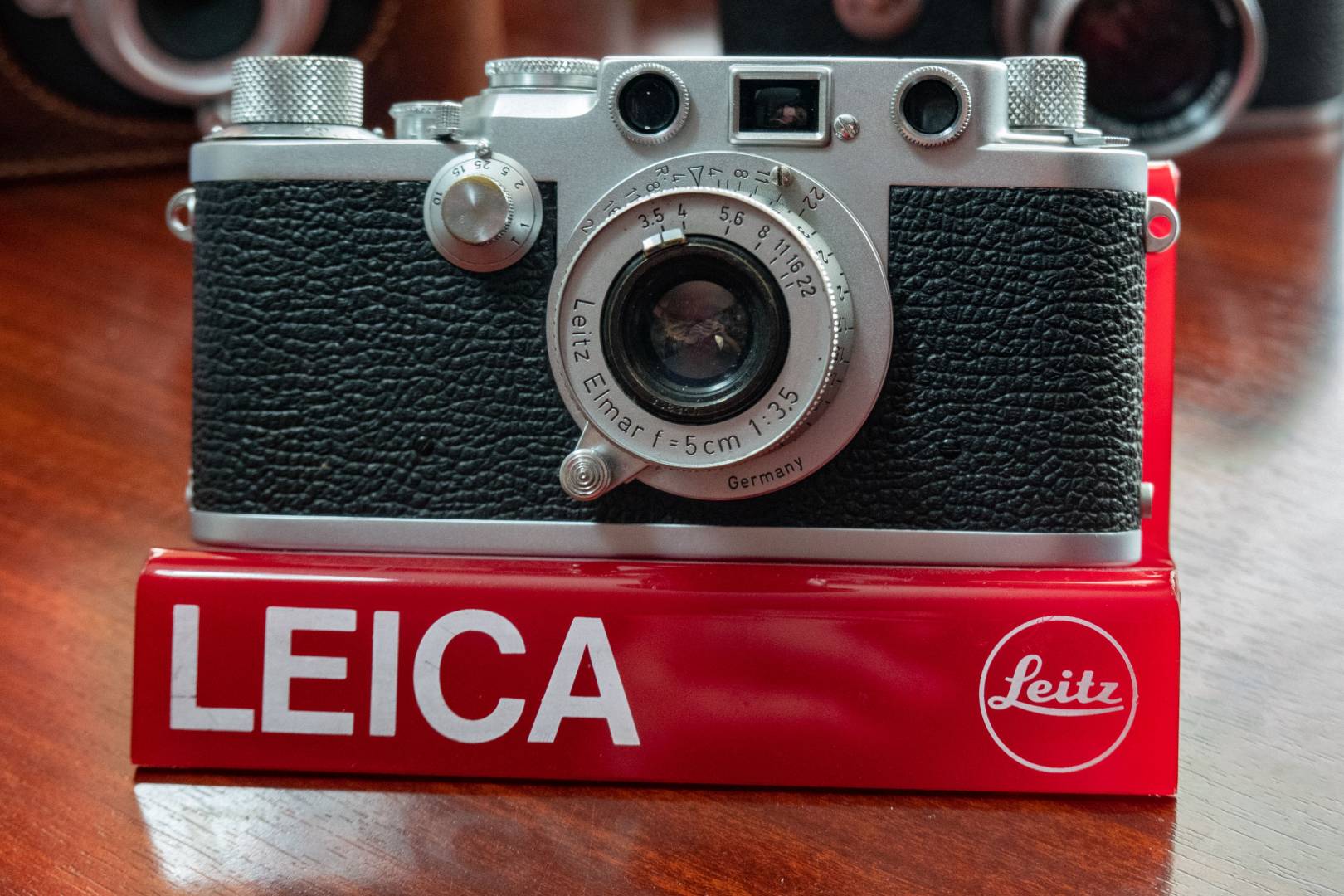
2The Leicaflex SL2: Paul-Henry described as a beautiful single-lens reflex camera which made from 1974 to 1976. The SL2 and the earlier SL, introduced in 1964, aimed to meet the rapid increase in popularity and usability of SLRs during this period. They were limited because they didn’t keep up with the latest in SLR design and their relatively small selection of accessories. They were also extremely expensive in comparison with their Japanese competitors. But, 45 years later, a good used example is an affordable collectors’ piece. You’ll need at least one R-mount lens, however.
3The Leica II or III: Choose an older screw-mount camera manufactured before the second world war. Initial Leica II models were produced in 1932 and there is a vast range of model designations and variations. The III was very similar to the II with the addition of slow shutter speeds which are controlled by a dial mounted front.
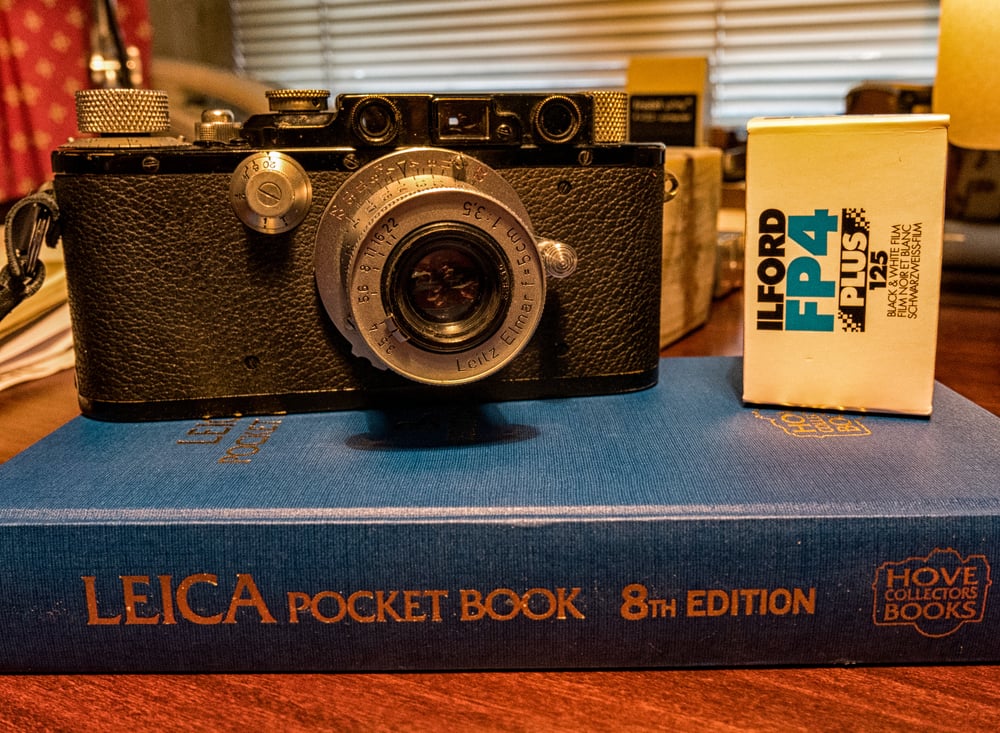
From £500 to £1000
4The Leica IIIg: Made from 1957 to 1960, was the last of the screw-mount models and was sold alongside the M3. Its outstanding feature is the larger suspended frame finder which couples to the rangefinder to provide automatic parallax adjustment. However, as with the earlier models up to the IIIf, focus is still carried out by means of a second, much smaller window. The M3, introduced in 1954, was the first Leica to combine viewfinder and rangefinder in one window, hence the German name, Messsucher for M.
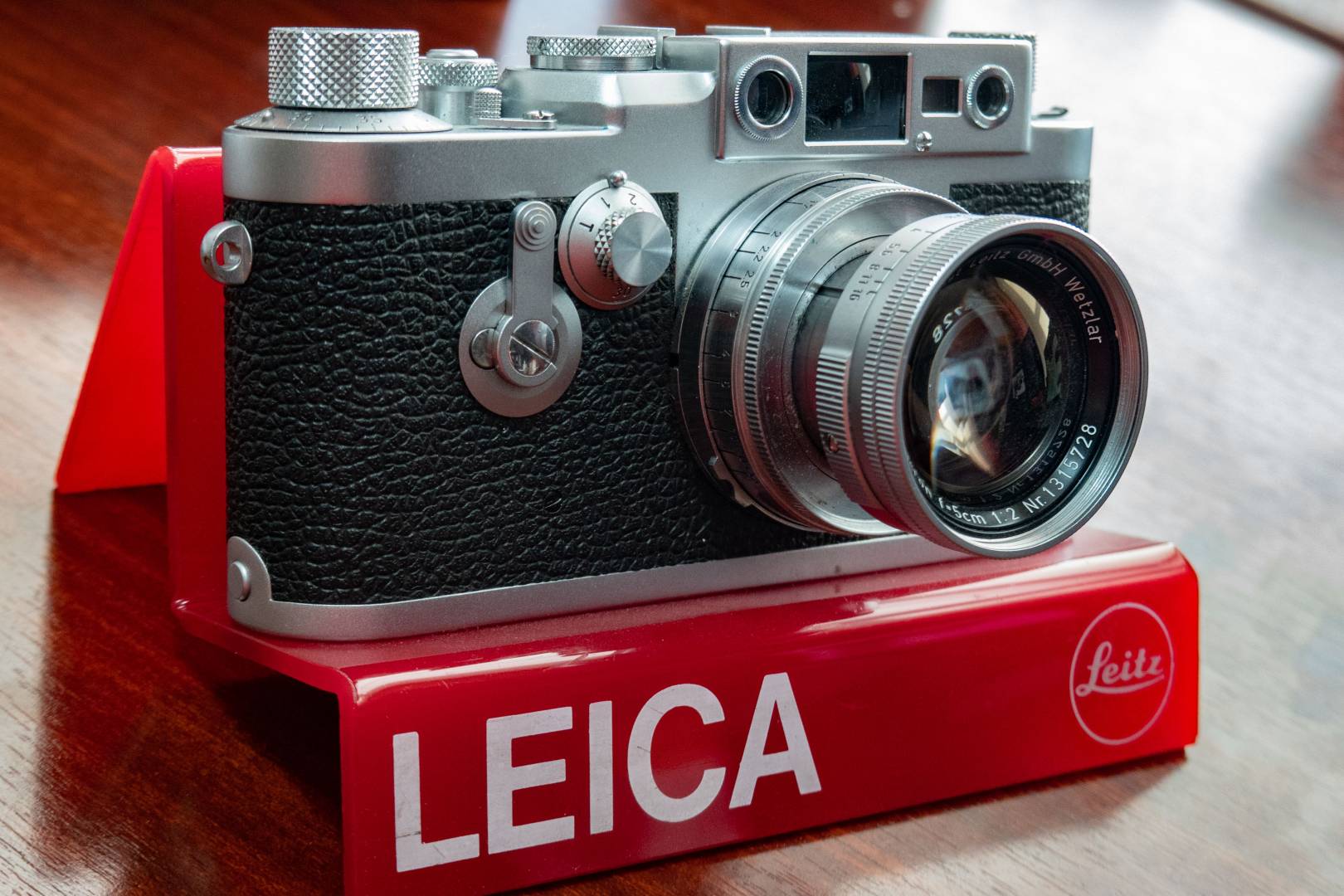
5The Leica M5: The first M to feature through-the-lens metering. Styling is unlike any other M, with a taller profile. The M5 was Leica’s attempt to attract a wider market for the rangefinder in its battle with the emerging SLR, but it was controversial and failed to attract enough buyers. Many would say that it is Leica’s finest rangefinder, others would disagree. It was introduced in 1972 to supersede the all-mechanical M4 but was discontinued in 1975 after some 34,000 units had been made. Leica, not in the best financial health at the time, was forced to resurrect the M4 and continue production until the altogether more acceptable metered M6 arrived in 1984. Times change, though, and the M5 is enjoying new popularity and is certainly worth collecting. Bear in mind, though, that it can be expensive if anything goes wrong, so make sure that you get one in full working order.
£1000-upwards
6The Leica M6: Of all the M models from 1953, Paul-Henry recommends the M6 as the one to go for. Introduced in 1984, it was the first normal-bodied M with through-the-lens metering. Just two or three years ago this camera would have been in the sub-£1,000 bracket but it has become extremely sought after, not least by younger photographers discovering film for the first time.
There are many other Leica film cameras made from the late 1920s to the mid-2010s that you could add to this list. All the M cameras, particularly the M3, M2, M4 could have a place in any collection, although prices have been rising steadily. The later M7, which features the fully automatic operation that you will find on the digital Ms from the M8 onwards, is an excellent camera which is marked down simply because of its complexity. Compared with a fully mechanical camera, such as the M3 to M4, it can be relatively expensive to repair.
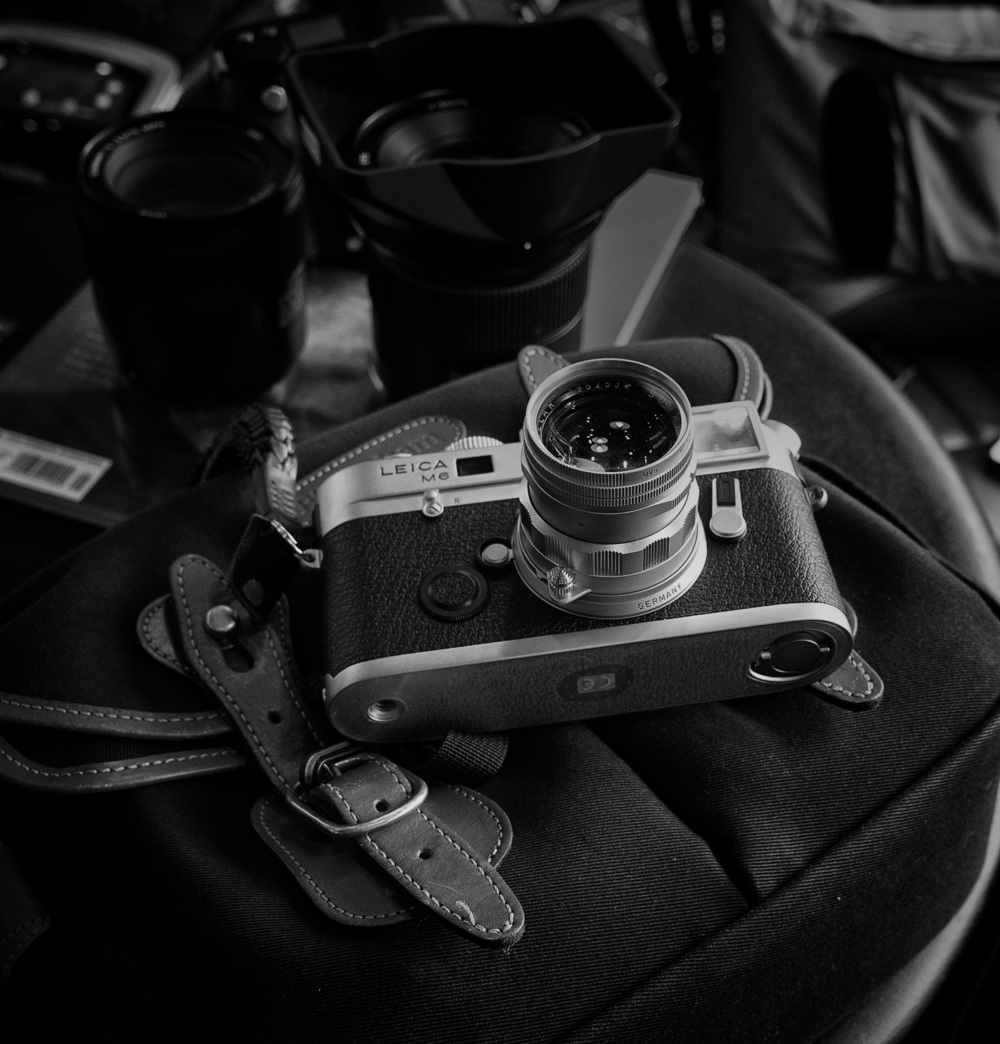
How to choose? There are endless variations on Leica film cameras over the past 90 years and it pays to do your homework before taking the plunge. A good place to start is by browsing the websites of specialist dealers. While you can buy privately or via sites such as eBay, I’d always recommend starting with a reputable dealer. They are not necessarily more expensive than buying direct and you have the added confidence that you are dealing with a business. Some offer limited warranties, even on vintage cameras, so ask about this.
It’s a good idea to ask if your chosen camera has had a recent CLA (clean, lubricate and adjust) since the works can gum up and speeds become out of kilter after long storage without regular exercise. If your camera isn’t up to scratch, factor in around £185 for a full service on a screw-mount camera.

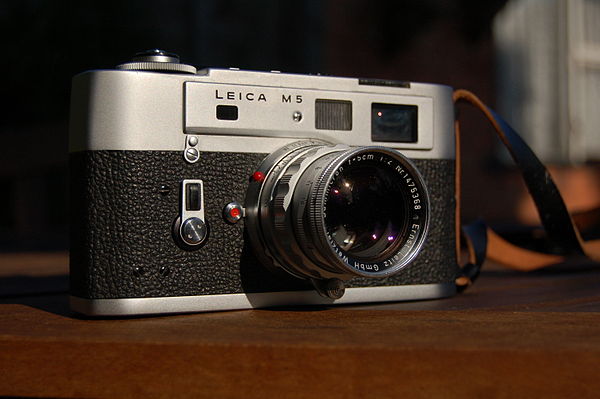
Thanks Michael, but I seem to remember a few years back, you were hotly denying an attraction to the collecting of cameras.
They are remarkable tools, and in my view they are better out in the field, being used. It seems to me that they are designed to enhance and inspire creativity, rather than burden shelves and cupboards to gather dust and destroy lenses.
Leica should consider remaking their M3 in all its glory and encourage people to go out and use them. The efforts of Robin Sinha and his hosting of the recent “free” Akademie webinars has been mainly wonderful.
Other manufacturers should also consider designing and making film cameras that remove the computerised gismos and engender the creative urges that have led to so much pictorial diarrhoea. By collecting them, we are consigning these wonderful machines to consumerism, we are flocking to iPhones and digicams, and throwing them away when the next iteration is ready for sale.
Same goes for video games, they are rotting brains across the planet.
I look forward to the re-emergence of the analogue.
Well, Stephen, I wouldn’t regard myself as a collector, unlike, say, William F. I have a few bits and pieces that I like and they service a useful purpose in being available for product shots when I’m writing about this or that particular camera. Nothing I have is rare but, on balance, the items hold their value. I had a renewed dalliance with film a few years ago but it is a fiddle these days unless you want to do your own processing. My favourite rangefinder, however, has to be the Leica M10-D. It has (almost) the simplicity of a film camera and suits me down to the ground. Over the winter I spend a lot of time carrying the M10-D with the f/5.6 Summaron 28mm mounted – very light and compact and, with f/8 on the dial it’s a perfect point and shoot, with almost everything always in focus.
I waited until I retired (and then some years) before I went back to film. I was just getting used to using the Darkroom on the other side of town for my film photography when along came ‘lockdown’. One must live in hope, though. My brass lenses are about 160 years old and they can wait a few more years before making images again. Well, they have made images in front of a digital camera already, but that was ‘cheating’. 4×5 film sheets are also ‘cheating’- I should be using wet plate – but that is as far as I am prepared to go for ‘authenticity’. I have a couple of 35mm rolls on my desk shot with an M6 and a Leica 50 DR waiting on the Darkroom to open again.
William
Hi Dave, If you actually want to take ‘pictures’ my advice would be stick with the X, and especially so if your X also happens to be a X-Vario.
Hi Don, I love my X, it is a decent bit of kit. I have looked at the X-Vario – but at the time I didn’t fully understand the Leica X ecosystem – so missed out on a gem there, but bought the X instead. So not a bad deal all round in the end. 🙂 Dave
My wallet has just got up and left the room. 🙂
Liz is looking at me perplexed.
I reckon I spied an M6 for around 1k when I bought my X, and decided to put my money in to the digital beast I understood, and I knew I could use without having to relearn how I use a camera. If I am honest I want to learn to use film, but need to have the space away from my career to do so – as I just dont get the time to do all the things I want to experiment with. 🙁
Perhaps one day, I will get out with a film camera, heck I might even get the ones upstairs repaired and put some film through them, just need the time to get out again. Missing my events, and knowing it will be 2021 before I can attend an event with people dressed up doing daft things, and just plain enjoying themselves. Then perhaps we can relax a little and enjoy life again. 🙂
Mike, please delete my comment in this thread . It was placed here by mistake and makes no sense here.
Done. Thanks. I moved it to the correct thread as you asked but then forgot to delete the comment here.
Hello Mike,
Must point out either yourself or Paul have got the M5’s introduction date wrong as it came out in 1972 for the Munich Olympics when Leica were the official camera of the games and I was one of the official photographers, along incidentally with such as lennie Riefenstall (Probably not the right spelling?) who i worked alongside, and who made the Hitler Olympics official film back in 1936. ( I could put you a picture on but do not know how?) Best regards, Don.
Any mistakes are mine, not Paul-Henry’s. I got that date from Wikipedia but I think I mistyped it. 1974 would not have been possible since it was discontinued in ‘75. I will change it on your assurance! Thanks.
I remember your telling me about working with Leni Riefenstahl and I think readers would be interested. We could knock up a little article, perhaps.
Generally a good list. My few cents worth are below.
You have an ‘f’ missing from the first item title. The Leica III was made from 1933 to 1959 in the following sequence:
III also known as the Model F
IIIa
IIIb
IIIc (stepper war time and non stepper post war, the former can include expensive grey and military items)
IIId (very rare, very expensive and for serious collectors only)
IIIf Black Dial (more rare than the Red Dial and sometimes more expensive)
IIIf Red Dial. Recommended by van Hasbroeck as a ‘user item’
IIIg
My favourites among the IIIs, apart from the 1930s back and nickel items, are the IIIcs and the Black Dial items (some modified from IIIcs). Among the Red Dial IIIs, I have a couple of them, but I prefer a IIf Red Dial with 1,000th top speed that I have.
I love the Black and Nickel early II Model Ds (I have 7 or 8 of them, including a couple that were engraved ‘in period’) put purchasers should note that they only have 1/500th top speed which may give issues with faster modern emulsions.
I could never really like the IIIg, which I have, as a user camera. I don’t know why, but I prefer the cs or the fs from a handling perspective. I haven’t gelled with the M5 at all. It is large and heavy and the rewind lever cuts my fingers when I am holding it. It is interesting as a collectors’ piece with its daft ‘swinging lollipop’ meter, but I would recommend an M3, M2 or M4 ahead of it any day. My favourite is the M3 whose combined rangefinder/viewfinder has never been beaten. I also have a button rewind M2 which gets over the right hand issue. Those cameras don’t have a meter, but a separate meter will be just as good, either a ‘real one’ or use the one on your smartphone. Clip on Leicameters are best avoided as they are inclined to fail and may scratch the top plate of your camera.
If you really want a film M with an inbuilt meter then the M6 is the best bet. Unlike the M7, it has a full set of mechanical speeds and will continue to work even if the battery fails. It will be just as good as the later MP or MA and probably more reliable. I agree with the advice of buying from a reputable dealer, particularly one who will give a short warranty. If you buy from eBay be prepared to factor in the cost of a CLA (Clean Lubricate and Adjust). Auctions are really only for collectors, but if you are buying a cheaper user camera at auction, you should factor in the cost of a CLA as well.
I don’t know the Leica SLRs at all, but I have held an SL and found it to be a solid lump, smaller than a Nikon F, but feeling more solid. It was camera that came to the market too late, after Nikon had really started to clean up with a true system SLR.
William
Thanks for the “f”, William. I think this was a typo or it just got lost. Should be ok now.
What’s an ‘f’ between friends!
William
Wow. You certainly know your rangefinders. The only film M I ever owned was the M4P in the early 80s. Using the sunny f16 rule as a starting point, I was able to master accurate exposure with Kodachrome. People were astonished that my slides were so perfectly exposed. I never needed a separate light meter and found it really trained me to read light. However, I have lost
the ability of long use of automation. The skill would be useful with my M9 as it has and exposure metering that puzzles me in poor exposures ranging from over to under exposure. But it has a rendering and colours that are gorgeous.
I loved film and the shot discipline it taught me but I do not want to deal with conversion to digital and the dust issues. I have enough old negatives and slides that I am going to start converting with a L mount camera.